April is Earth Month and today we’re talking all about food waste! My Spring Greens Panzanella Salad can help you reduce the amount of food you have to throw away – don’t let it spoil, see what it can become!

Yeah, I dove right into that loaded question. There’s a lot of ways to do it, but today I’m sharing some of the stories from my family that have influenced my views on food and how to handle it with care and respect. When we value our food for more than the monetary price we paid for it, we’re a lot less likely to waste it. Thinking of where it came from and how it got to us paints a bigger picture of how our choices can affect our larger world.
Here are a few of my favorites.
[Tweet “When we value our food for more than its price we’re a lot less likely to waste it. Read more: “]
Have a forager’s heart
One of my childhood memories is hopping in my dad’s truck, driving up the road from the house, and stopping in “the spot”. That’s where he’d jump out, pocket knife and Wal-Mart bag in hand, and I’d scoot over to drive. Yes, I was all of like 10 years old but we were creeping along and this road sees maybe six cars a day. “The spot” is a little secretive so I can’t tell you where it’s at – much like morel hunters, that’s classified information. These patches have been here almost forever. My dad did this with his mom when he was a little boy, too. Because she passed away before I was born, simple traditions like this are some of the few connections I have to her and it’s something my dad has been able to pass down to me.
Over 50 years later, and these patches are still yielding the most incredible asparagus I’ve ever had. With a tone of sarcasm, it’s as close to free-range, organic, pesticide-free, blah blah blah as you can get (I’m kidding…or am I…). This isn’t the only thing that readily grows on our family’s land though – there are also the morel mushrooms and pokeweed (similar to mustard greens, steamed or served in a salad) that have fed generations of Harbsteets.
This isn’t a possibility for everyone – most people don’t have access to acres upon acres of prime ditch asparagus territory. But carry that curiosity of foraging into your grocery shopping excursions. How can you discover ingredients, shop the sales, or repurpose something no one else wants into a meal that nourishes you?
[Tweet “Can you become an urban (or suburban) forager? Find ways to use what no one else wants”]
Discover your green thumb
I’m a work in progress here…my humble apartment life, followed by a heavily shaded yard, haven’t exactly turned me into a master gardener. But I have had success with growing my own herbs (basil, mint, cilantro, and others), plus a few small tomato or hot pepper plants.
This is nothing on the scale of what my family used to do. Gardening was a necessity to have food to eat when the nearest grocery store was miles away. My grandma would pick a different vegetable every year and plant more than they needed – tomatoes, cabbage, corn, okra, potatoes. And when it came time to pull it all out, a whirlwind canning session ensued. They shared with friends and neighbors and enjoyed the yields from their garden all year round.
They also had a root cellar. Your version of a root cellar might be a small chest or deep freezer. Take advantage of the bounty when things are in season and you’ll be guaranteed to have access to fruits and veggies in the dead of winter. This can reduce your environmental impact by decreasing the miles needed to get food to your table. Every special trip to the grocery store or market is another trip in the car. And the demand for fruits and vegetables out-of-season increases the need to ship them in from warmer climates. Just remember the inputs to grow our food don’t end when it’s harvested – those miles can really add up too when we consider how far our food has to travel to get to us.
This is where I really need to take my own advice. Living in Kansas means it’s obvious avocados don’t grow here (but I had one laying around so used it up in this recipe). My goal is to eventually find a spot where I can put in a small garden, plus make a more conscious effort to shop seasonally. It’s a great time of the year for that, my favorite local market is finally open again!
So that brings us to our recipe: this Panzanella Salad was inspired by the fact that I can never seem to finish a loaf of bread. Despite my love for carbs (hence the alter ego “Cara Carbstreet”) I always find a few pieces left on the verge of staleness. Which is totally fine for a bread-tomato-oil-and-vinegar salad!
Along with it goes a half bag of almost wilted spinach, a random avocado rolling around on the counter, and tomatoes leftover from my last batch of homemade salsa.
Boom.
Spring Greens Panzanella Salad was born.
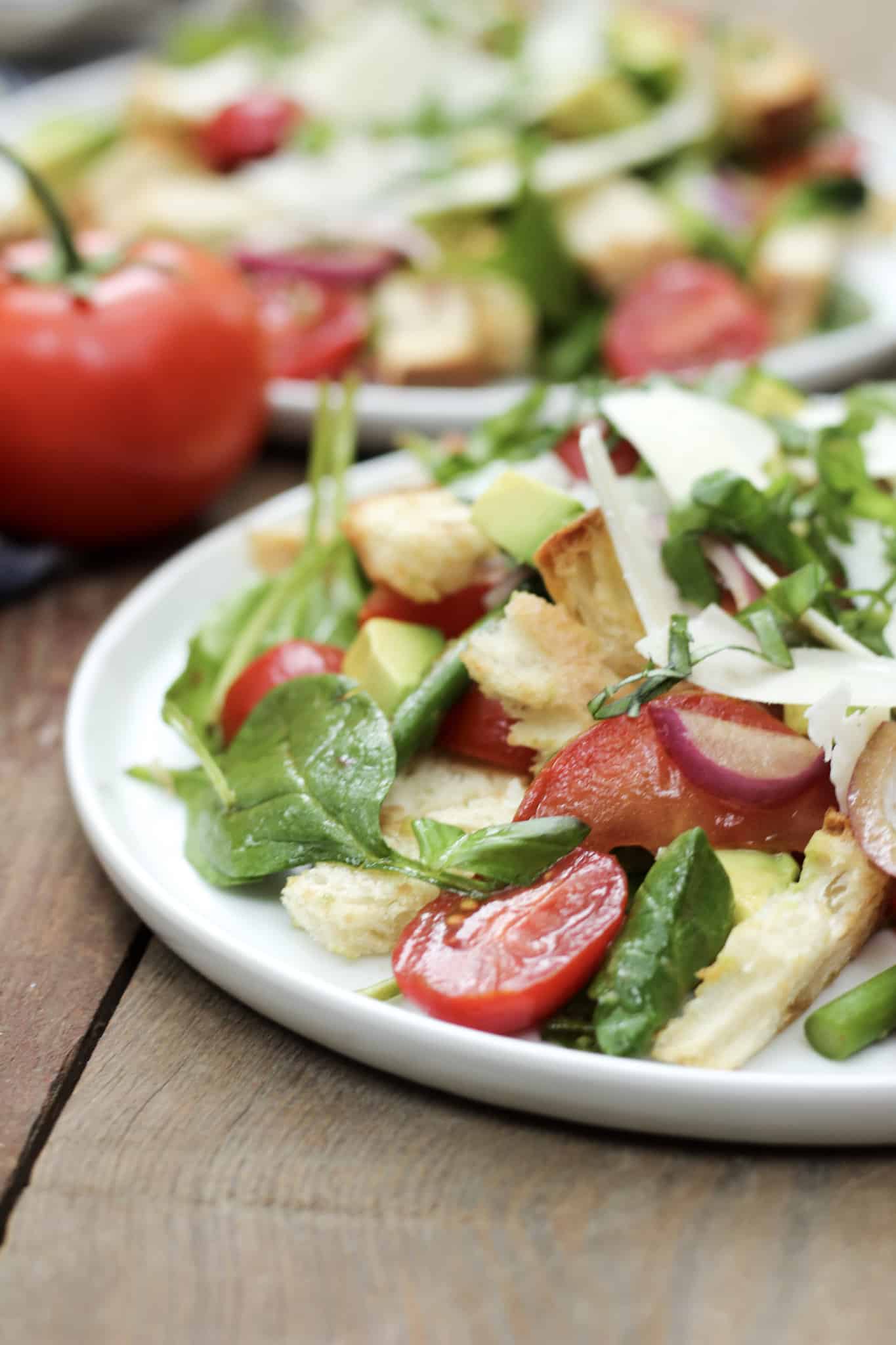
Spring Greens Panzanella Salad
Ingredients
- 3 to 4 slices of day-old French or sourdough bread
- 8 spears asparagus, or 1/2 bunch
- 8 to 10 cherry or grape tomatoes, halved
- 2 roma or small heirloom tomatoes, quartered or sliced
- 2 cups fresh spinach
- 1/2 red onion, thinly sliced
- 1 medium avocado, diced or cubed
- 2 tbsp olive oil
- 1 tbsp aged balsamic vinegar
- Coarse sea salt to taste
- 1/4 cup shredded Parmesan cheese
- 6 to 8 fresh basil leaves
Instructions
- Preheat the oven to 300 degrees F. Using a bread knife, cut the bread into bite sized cubes. Arrange on a baking sheet in a single layer and toast until the bread becomes crunchy (5 to 10 minutes depending on the staleness of the bread and your desired texture). Flip once to avoid excessive browning.
- While the bread toasts, arrange the asparagus spears in a single layer on a different pan. Add to the oven, and when the bread is removed raise the oven temperature to 375 degrees F. Roast the asparagus until it becomes a vibrant green color and is just cooked (about 10 to 12 minutes total depending on the thickness of your spears).
- In the meantime, add the fresh spinach to a salad bowl. Add all of the tomatoes, onion, olive oil, balsamic vinegar, and salt. Toss to combine.
- Dice the avocado into the salad. Once the asparagus is roasted, cut into 1 to 2″ inch spears and add to the bowl. Mix to combine, then add the toasted bread last. Toss one last time then transfer into two bowls or plates. Chiffonade the basil and garnish your salads, along with the Parmesan cheese.
Notes
Nutrition
Here are a few substitutions
If you don’t have spinach…
Try other leafy greens like spring mix, arugula (major yum), Swiss chard, Bibb or leaf lettuce. Even romaine or iceberg lettuce would work if that’s all you have.
If you don’t have balsamic vinegar…
Try another vinegar like red wine, white, or even apple cider. The goal is an element of acid – get creative and try citrus like lemon or lime if you need to use up anything in your kitchen.
If you don’t have Parmesan cheese…
You could also use fresh or shredded mozzarella, feta, or goat cheese (another major yum to me). And if you don’t have it, don’t worry! It’s just an option but certainly not required.
I’ll also add if you want to make this salad into a heartier meal, add anything you got. Cooked grains, your favorite protein, seafood, canned beans, the sky’s the limit. Any Panazanella traditionalists will want to try to forget reading the previous sentence, but if the goal is to create a complete meal using what we have, it’s ok to bring a traditional recipe up to your terms.
How do you keep your cooking flexible to ensure you’re not wasting food at home? Share some of your favorite ways below!
If you’re a fan of panzanella salads, check out this one: Summer Panzanella Salad with Cantaloupe and Prosciutto
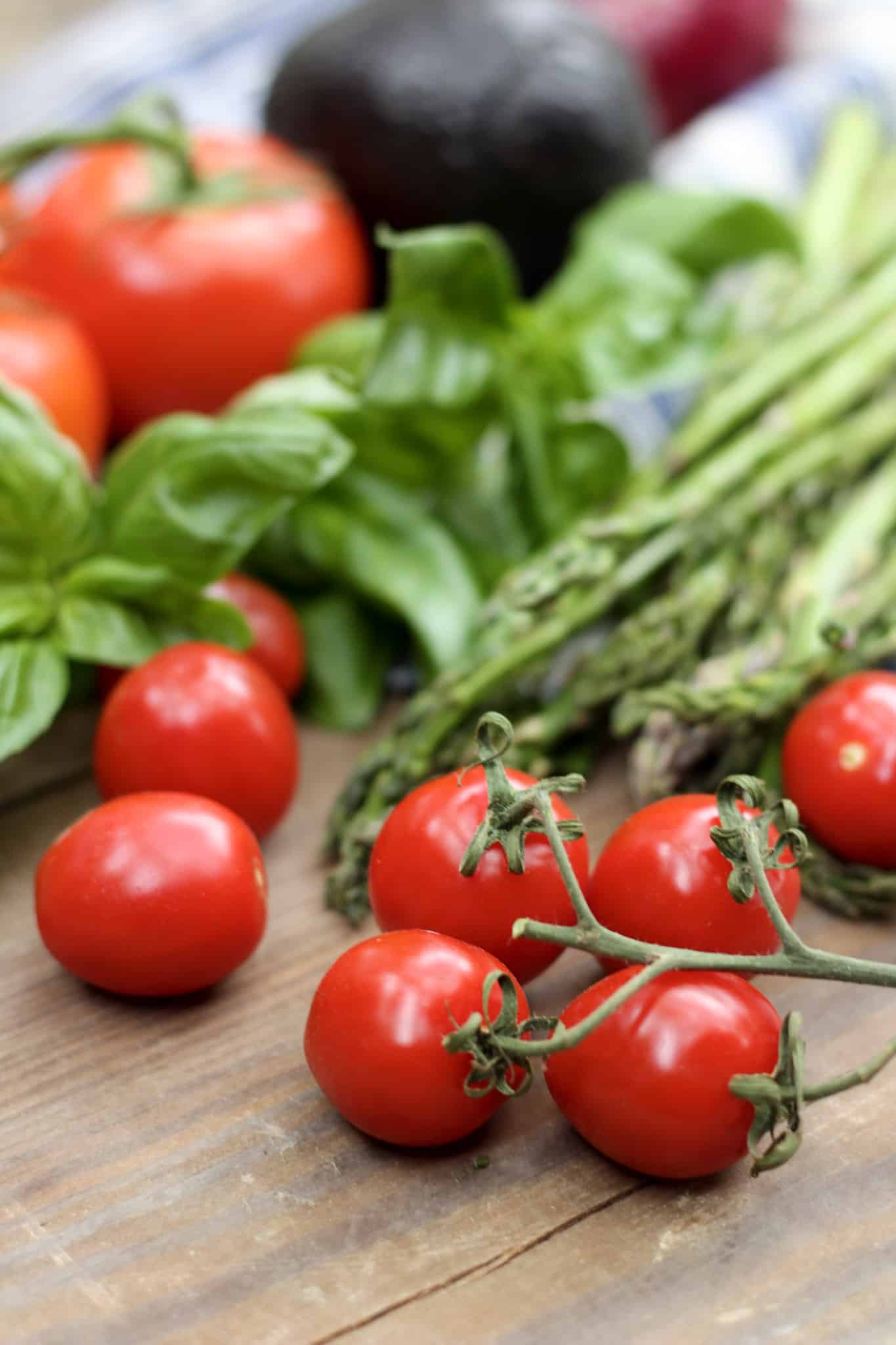

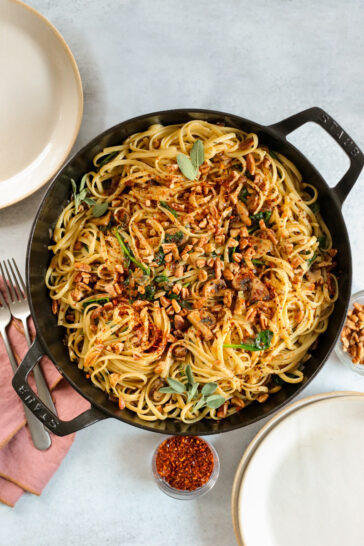
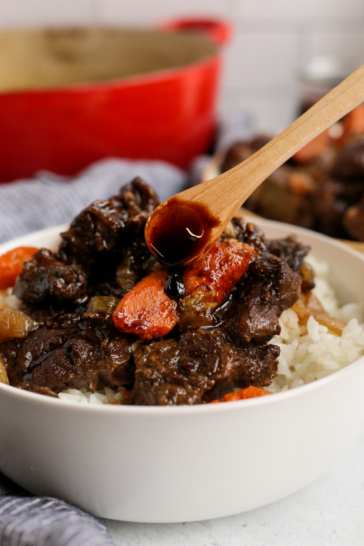
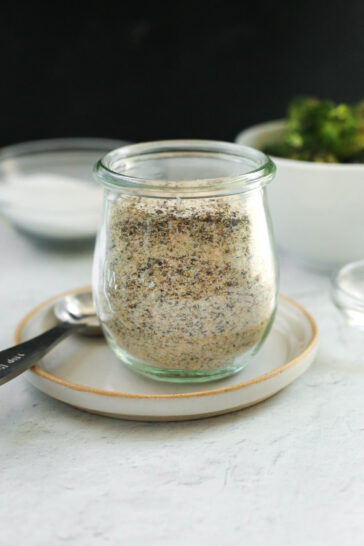
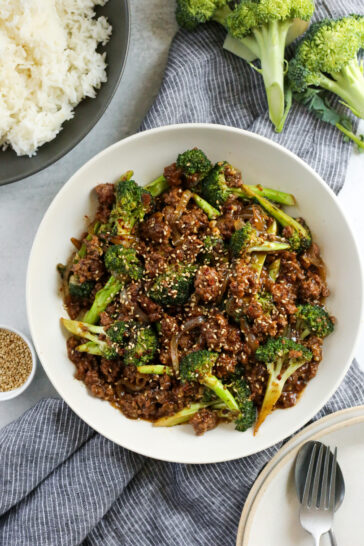
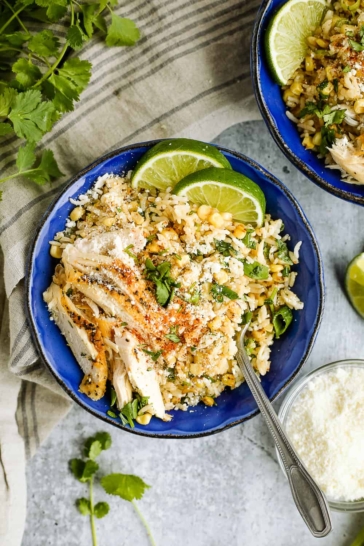
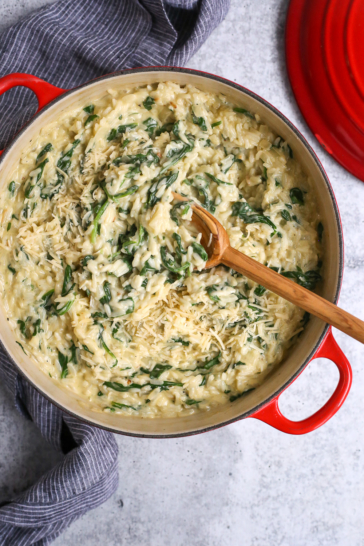







Questions & Reviews
Loving this salad idea! I typically freeze leftover bread, and then of course forget about it in the depths of my freezer. This is a much better way!
I’ve done that too! Usually croutons are about the best I can do with it then…sometimes even that is a lost cause
My first panzanella salad ever was at Zuni cafe in San Fran like 5 years ago and I’ll never forget it! Thanks for the inspiration to make my own 🙂
Aren’t those first time food memories the best?!
Loving what you did with the challenge! Gorgeous pics!
Thank you Diane!
What a great way to use up leftover bread! yum!!!
Thank you Lindsey!
This looks lovely! And I love the tips on reducing food waste!
Thanks Whitney!
I love a beautiful and delicious salad. Basil is always a welcomed addition as well.
Its price not it’s price.
Its price not it’s price, basic grammar.
Basic grammar its price not it’s price. I’m repeating myself, bc not sure comment was picked up. My computer froze.
Noted. It’s been corrected